What is the Compaction of Soil?
Important Point
compaction of soil is area compacted by mechanical method for remove air voids in compacted soil this area of soil called compaction of soil
Why Use the Compaction of Soil?
Compaction of soil compacted soil so changes soil property. Soil well compacted and remove air voids in the soil. After done, compaction soil improved soil quality. Also, change the engineering properties of the soil.
This required any construction work like
Road work, Earth dam, Different Concoction type of building, Dam, etc…
Relevant is Code: IS 2720 part 29
Also Read : IS CODE FOR CIVIL ENGINEER [Q&A]
This test knows a different name like “Field Density Test,” ” Soil Compaction Test,” Compaction Test,” ‘” Dry Density of Soil in place by Core – cutter method,” ” Filed Compaction test,” “core cutter method.”
Aim:
To determine the Field density of Fine-grained soil by using core cutter test
Scope:
This procedure covers all relative activity for the project site.
Apparatus:
1). Core Cutter
Core-Cutter – of seamless steel tube, 130 mm long and 10 mm internal diameter, with a wall thickness of 3 mm, beveled at one end, of the type illustrated. The cutter shall be kept properly greased or oiled.IS Code 2720 Part 20 CI: 2.1
2). Dolly / Rammer
2’5 em high and ten10 mm internal diameter with a wall thickness of 7’5 mm with a lip to enable it to be fitted on top of the core-cutter IS Code 2720 Part 20 CI: 2.2
3). Balance of 1 gm Accuracy
4). Pallet knife, Straight edge, Steel rule, Pickaxe, etc
5). Rapid Moisture Meter
NOTE 1: These designs have been found satisfactory, but alternative designs may be employed provided that the essential requirements are fulfilled. IS Code 2720 Part 20
NOTE 2: Essential dimensions are underlined. (Tolerance on all essential dimensions shall be ±O’25 mm ).IS Code 2720 Part 20
Procedure:
1) The internal Volume of core cutter shall be calculated by taking dimensions nearest to 0.25 mm (By vernier).
2) Cutter shall be weighed to the nearest gm.
3) A small area, approximately 30 cms square of the soil layer to be tested shall be exposed and leveled.
4) Cutter shall be placed vertically on soil with dolly on top.
5) Cutter shall be rammed down vertically into the soil layer until only about 15 mm of dolly protrudes above the surface.
6) The cutter shall be dug out of surrounding soil by a pickaxe.
7) Soil from both the ends shall be trimmed flat to the ends of the cutter.
8) The cutter containing soil mass shall be weighed to the nearest gm.
9) The soil mass shall be removed from cutter, and representative sample shall be tested for water contents with the help of rapid moisture meter.
When soil mass is dry, and the cutter is not properly filled up or looses soil while handling. In such a case test is to be done by sprinkling water and testing after a suitable lapse of time.
Also Read : LAB TEST ON AGGREGATES AT SITE
Calculations of Core Cutter Test:
Bulk Density Yb of Wet Soil is as below:
Yb = (Ws – Wc ) / Vc , gms /cm3
Dry Density Yd is as below:
Yd = 100 Yb / (100 + w ) , gms /cm3 Where w = Water content %
Report: Dry Density to be recorded to 2nd place of a decimal in gms/cm3. Water Content % to two significant figures ( e.g.- 23, 2.3, 0.23 )
Sample of Excel Sheet FDD by core cutter
Also Read : PROCEDURE FOR RCC CONCRETE
| FIELD DRY DENSITY BY CORE CUTTER | |||||
| Location | Level | ||||
| MDD | OMC | ||||
| MDD report no. | Tested as per | ||||
| Description | Sample 1 | Sample 2 | Sample 3 | ||
| 1. Weight of wet soil + Core cutter (W1) ( gms) | |||||
| 2. Weight of Empty Core cutter (W2) (gms) | |||||
| 3. The volume of Core Vc (cc) | |||||
| 4. Weight of wet soil Ww = W1-W2 (gms) | |||||
| 5. Bulk Density γ = Ww / Vc (gm/cc) | |||||
| 6. Moisture Meter Reading (R) | |||||
| 7. Moisture Content Wc = R / (100-R) x100 | |||||
| 8. Dry density γd = γ / (1+ Wc) (gm/cc) | |||||
| 9. % Compaction (γd / MDD ) x 100 | |||||
| Remarks ( If Any) – | |||||
More Information
This was about the best method for earth compaction. Overall the method for earth compaction is excellent
This method easy to perform on-site at the time.
This method requires using soil O.M.C (optimum moisture content )& M.D.D (Maximum Dry Density )
also, check our core soil moisture content value nearby +5% of compere soil.
Core Cutter Method
By using the core cutter method, bulk density of soil can be quickly calculated and by determining the moisture content of the soil the dry density of the fill can be calculated and hence the voids percentage. A high percentage of voids indicates poor compaction of the soil.
Core Cutter Method
The core cutter method is a test used to determine the in-situ dry density of soil. It is only used in fine-grained cohesive soils without stones. The test requires cylindrical core cutters about 130 mm long and 100 mm in diameter. The bulk density of soil can be easily calculated using this method.
Compaction Examples
Examples of terrigenous clastic rocks include rocks of a coarser grain, like breccia and conglomerate, rocks of a medium grain, like sandstones, and rocks that are fine-grained, commonly known as mudstone, like shale.
Roller Compaction
Roller compaction is a dry granulation process used in the pharmaceutical industry to create drug granules with suitable densification, drug content uniformity and powder flowability for manufacturing solid dosage forms such as tablets and capsules.
Core Cutter Method Formula
The core cutter method is used to determine the in-situ density of soil. The formula for the core cutter method is:
Bulk density (ρb) = Weight of soil core (Wc) / Volume of soil core (Vc)
Where:
ρb is the bulk density of the soil (in g/cm³ or kg/m³)
Wc is the weight of the soil core (in grams or kilograms)
Vc is the volume of the soil core (in cm³ or m³)
Note that the volume of the soil core is calculated using the formula for the volume of a cylinder, which is:
Vc = πr²h
Where:
π is a mathematical constant (approximately equal to 3.14)
r is the radius of the soil core (in cm or m)
h is the height of the soil core (in cm or m)
Volume of Core Cutter Formula
Volume of Core-cutter Vc = c.c. Bulk Density of Soil (rs = Ws/Vc) = g/c.c. 1 + w = g/c.c.
Core Cutter Method Is Used for
Core cutter method is used for finding field density of cohesive/clayey soils placed as fill. It is rapid method conducted on field. It cannot be applied to coarse grained soil as the penetration of core cutter becomes difficult due to increased resistance at the tip of core cutter leading to damage to core cutter.
Is Code for Core Cutter Method
Determination of Dry Density of Soil by Core Cutter Method as Per IS 2720 Part 29.
Core Cutter Volume Formula
Volume of Core-cutter Vc = c.c. Bulk Density of Soil (rs = Ws/Vc) = g/c.c. 1 + w = g/c.c.
Core Cutter Apparatus
In this method of determining the dry density of in-situ soil, a core-cutter of known volume is driven into the soil by a rammer. The core-cutter is removed, trimmed and the soil obtained is weighed and dried for a moisture/density check.
Core Cutter Volume
Volume of Core-cutter Vc = c.c.
Core Cutter Test Procedure
Expose a small area of the soil to be tested. Level the surface, about 300mm square in area. Place the dolley over the top of the core cutter and press the core cutter into the soil mass using the rammer. Stop the pressing when about 15mm of the dolley protrudes above the soil surface.
Field Density Test by Core Cutter Method Is Code
This part [IS:2720 (Part XXIX)-1975] deals with the determination of dry density of soil in-place by using a core-cutter. The in-place density of soil is needed for stability analysis, for the determination of the degree of compaction of compacted soil, etc.
State the Wall Thickness of Core Cutter
Cutting of cores up to 152mm/6” in diameter and with a wall thickness of up to 15mm (subject to material and amount of glue in core).
Like this post? Share it with your friends!
Suggested Read –
- Earth Dam
- Coarse Soil
- West Point Bridge Designer
- Introduction of Gantry Girder | Load on Gantry Gutter | Type of Load on Gantry Gutter
- What Is Self Compact Concrete | What Is U Box Text | Equipment U-Box Text | Procedure U-Box Text
- Plaster Calculator | How to Work Plaster Calculator | What Is Plaster Calculation | How to Plaster Calculation for Wall
- What Is Diversion of Headworks (Rivers) | Types of Diversion Headworks | Component Parts of Diversion Headworks (Rivers)
Originally posted 2023-04-20 16:05:37.
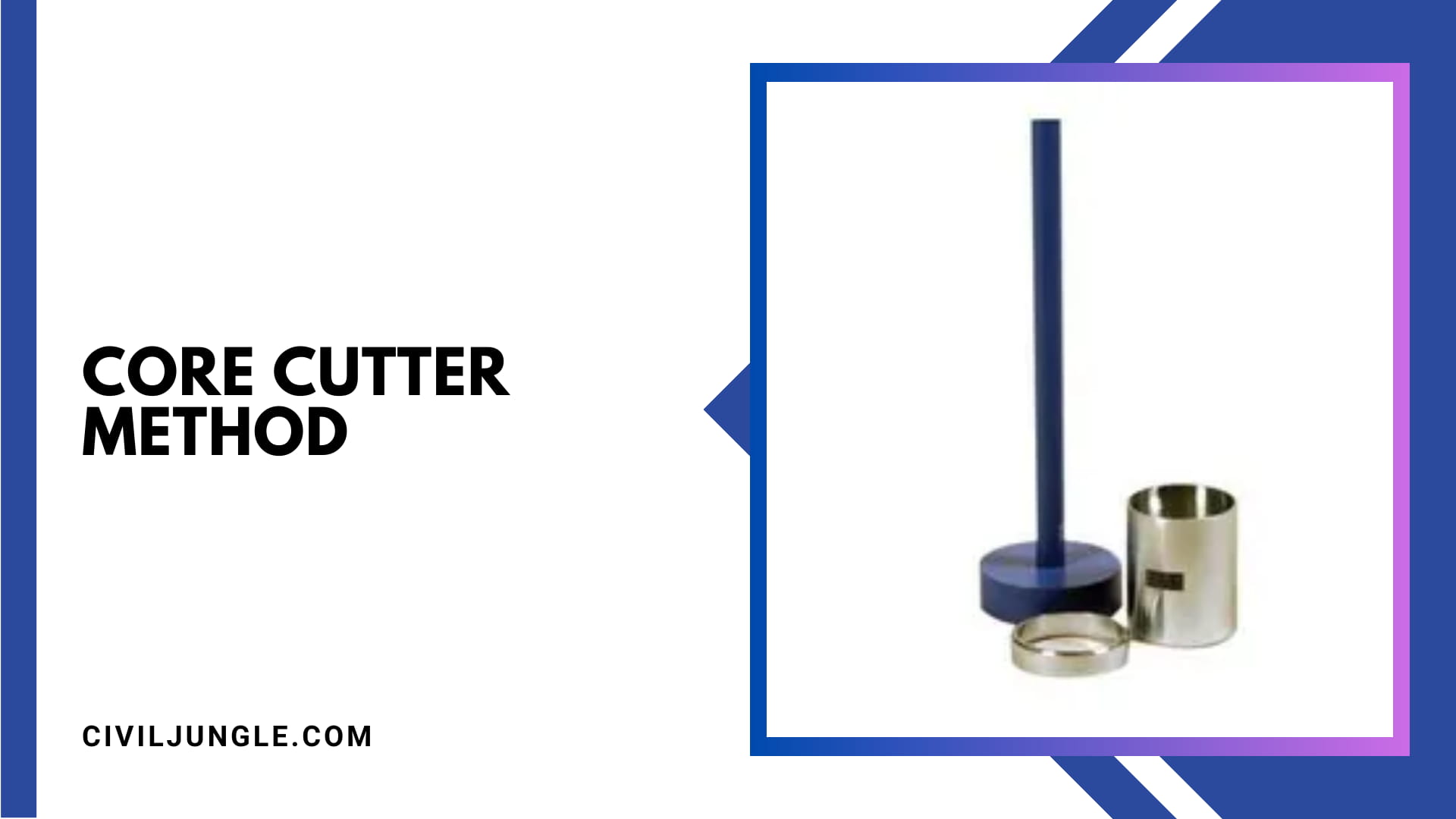
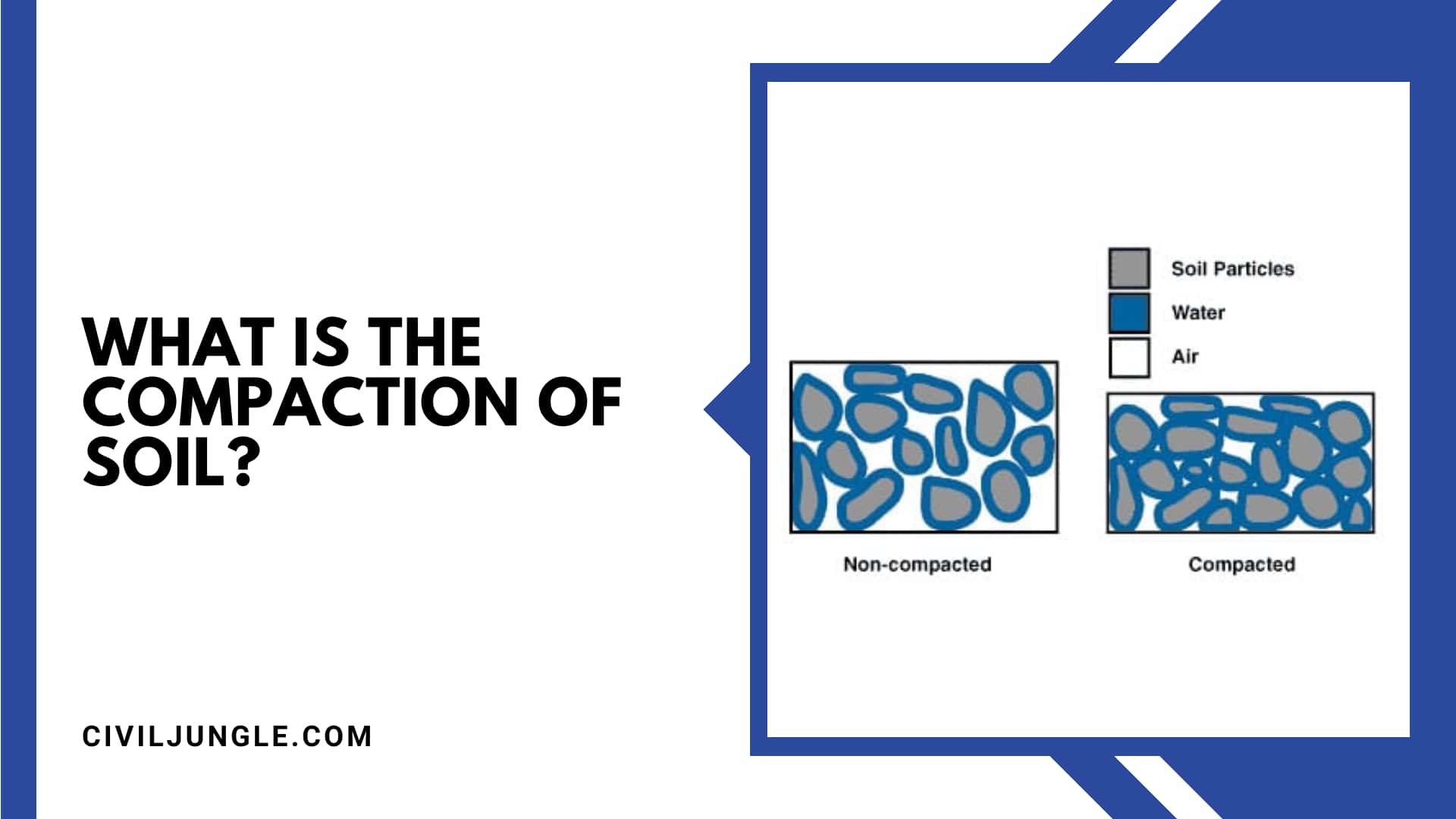
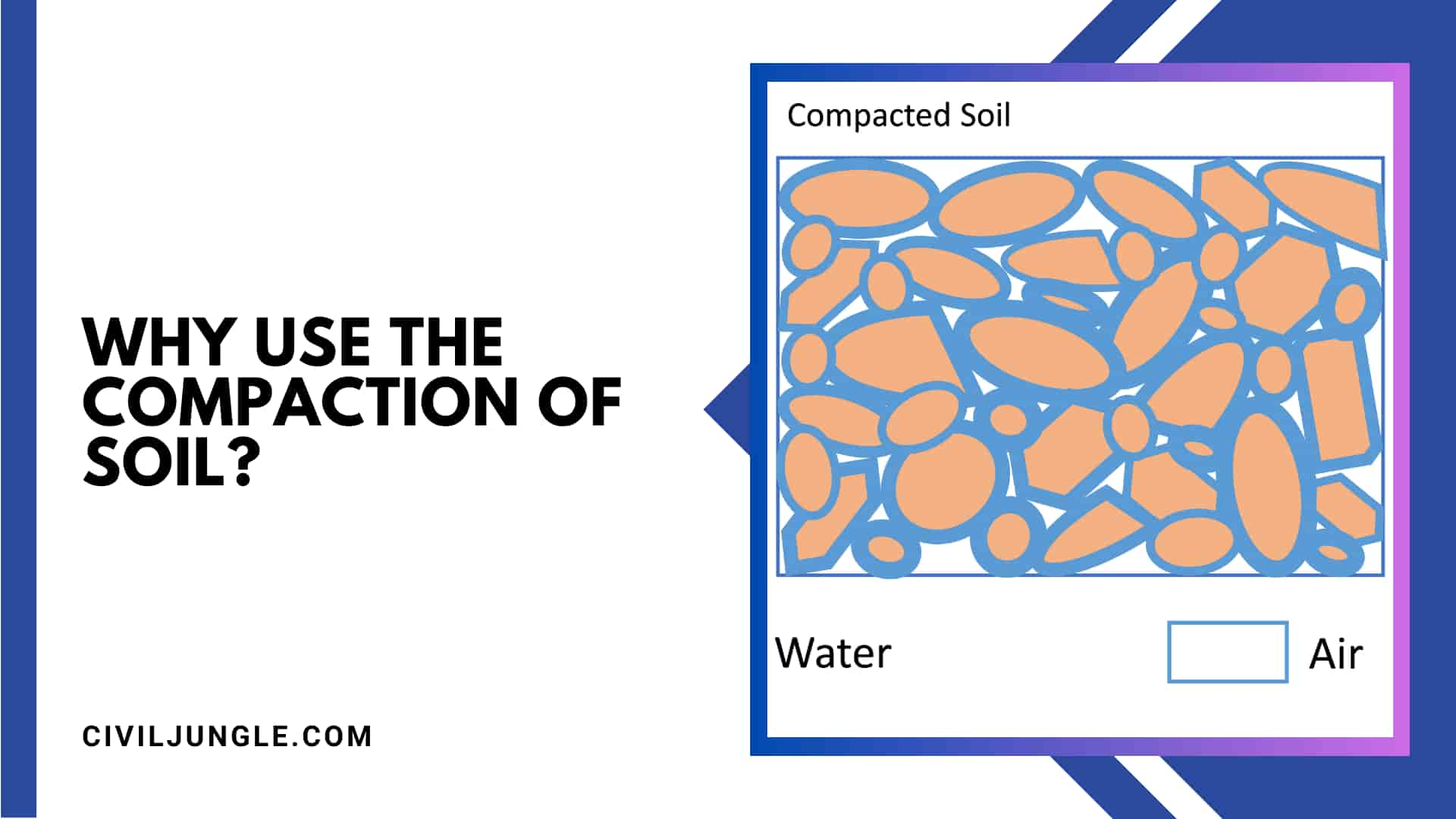
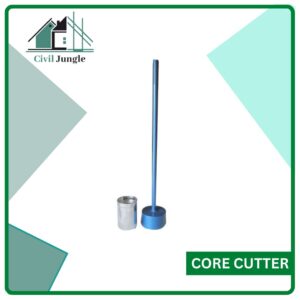
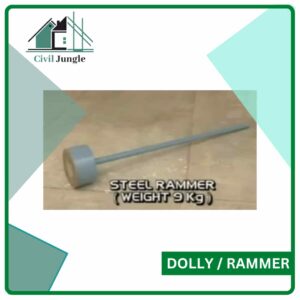

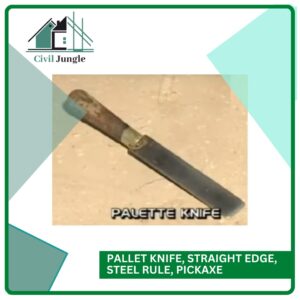
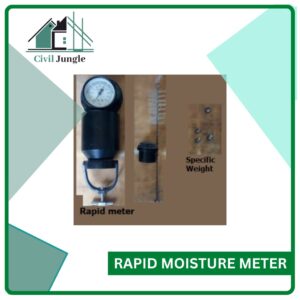


Leave a Reply